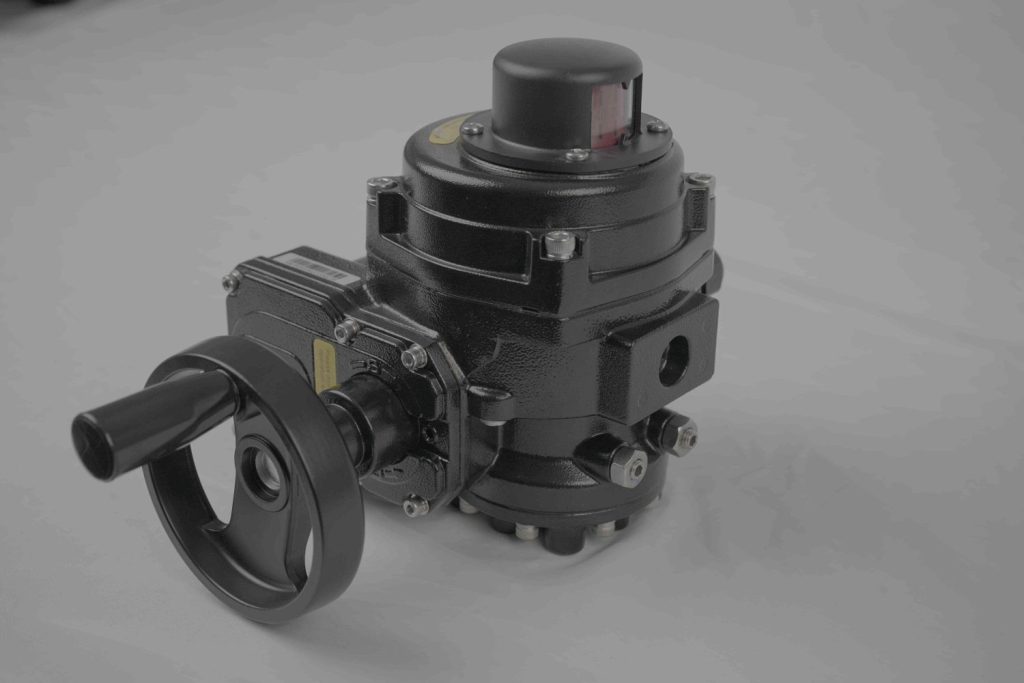Lithium-ion batteries have become indispensable in modern technology, powering everything from smartphones to electric vehicles. While these batteries offer high energy density and performance, they also present significant safety challenges. One of the most crucial components designed to ensure battery safety is the stainless steel lithium battery valve. This article explores the importance of these valves, their functionality, and why stainless steel is the material of choice for their construction.

The Role of Lithium Battery Valves Lithium-ion batteries operate by storing and discharging energy through chemical reactions within the battery’s cells. However, these reactions can sometimes lead to the buildup of gas and pressure inside the battery. This can happen due to factors like overcharging, temperature fluctuations, or short-circuiting. If the internal pressure becomes too high, the battery can become damaged, rupture, or even explode, posing serious safety risks. This is where the lithium battery valve comes into play. It serves as a safety feature that helps to prevent catastrophic failure. The valve is designed to open automatically when the internal pressure of the battery reaches a certain threshold, allowing gas to escape and preventing the buildup of dangerous pressure. This pressure release prevents the battery from bursting or catching fire, which could result in significant harm.